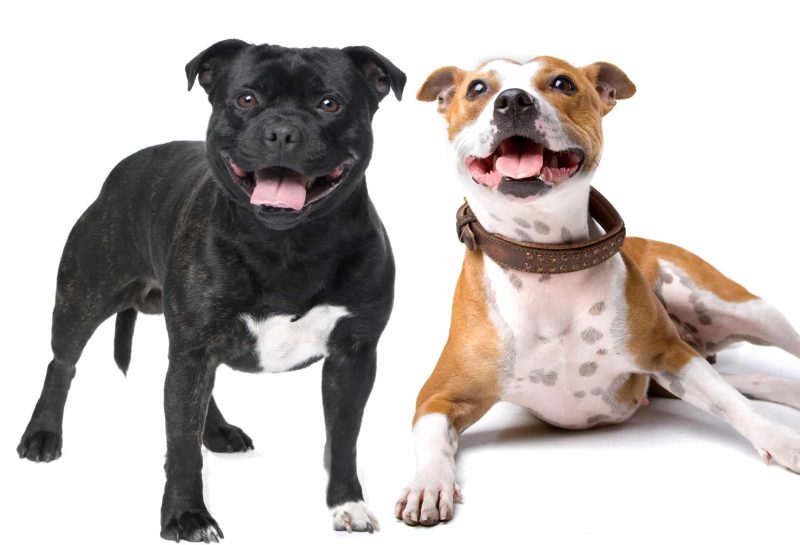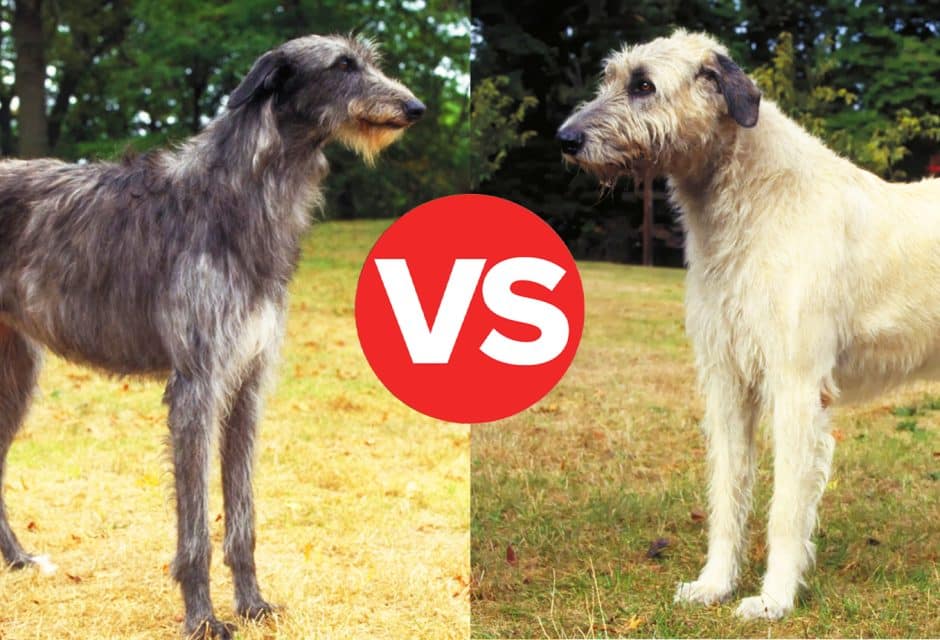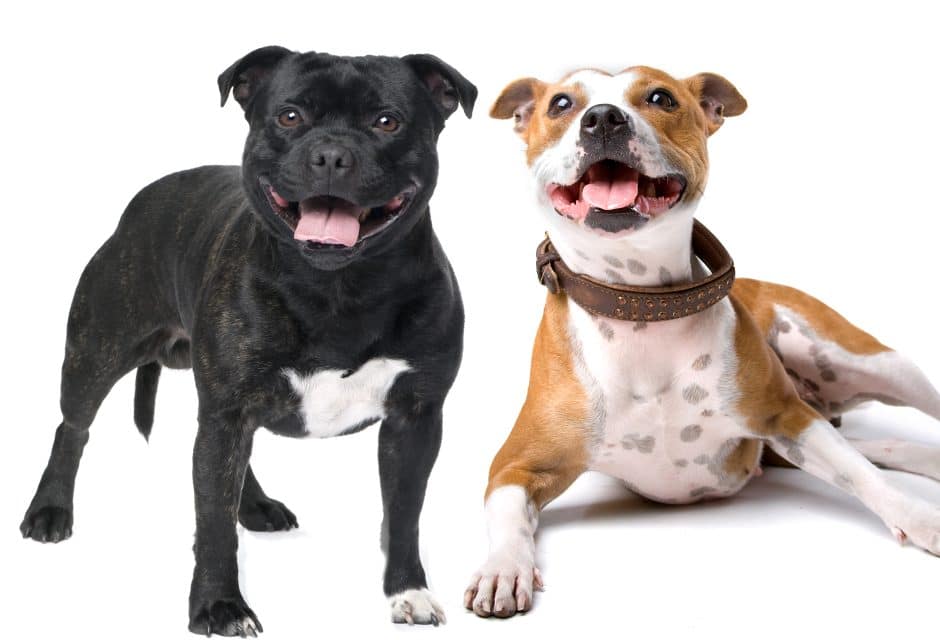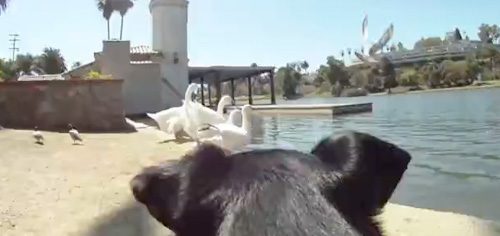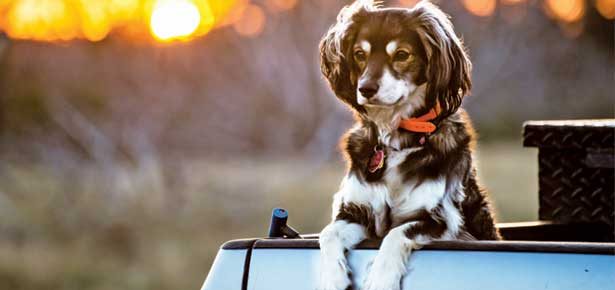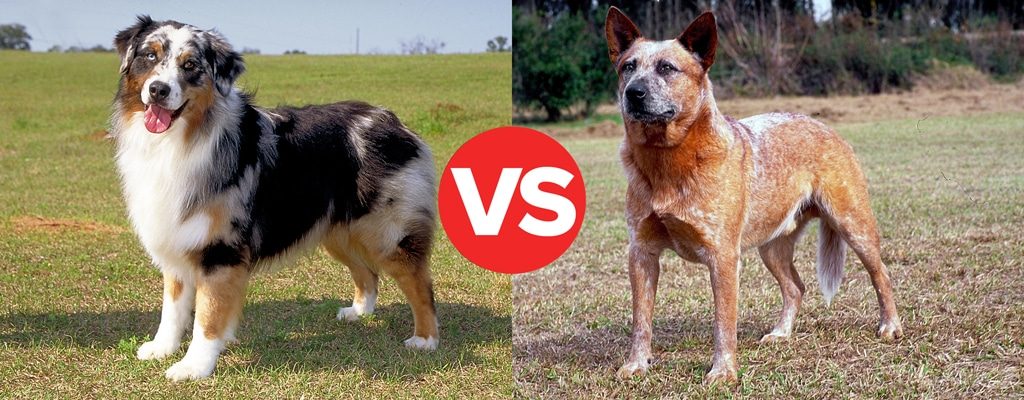
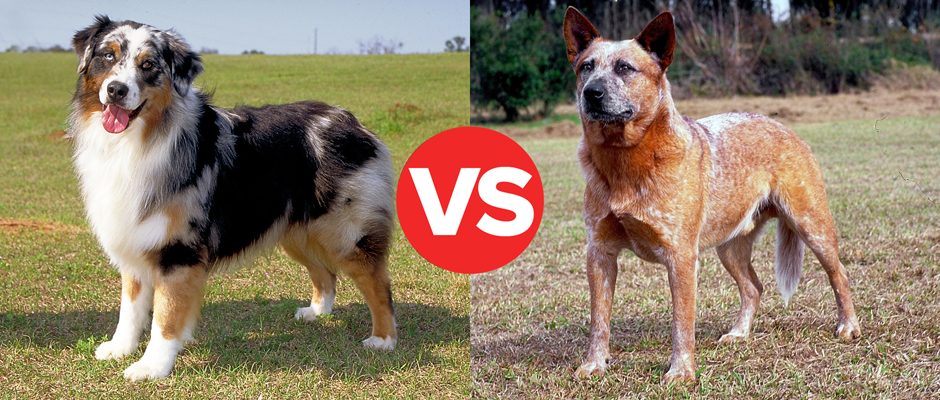
What’s the Difference Between the Australian Shepherd and the Australian Cattle Dog?
Is it an Aussie? Or a Heeler? Get the low down on the differences between these similar-looking dogs.
What’s the difference between the Australian Cattle Dog and the Australian Shepherd? Let’s find out!
Australian Cattle Dogs and Australian Shepherds differ in size, coat colour, and temperament. Here are some of the key differences:
- Typically, Australian Shepherds are taller, larger, and leaner than the smaller and more compact Australian Cattle Dog
- The Heeler’s coat is shorter and thicker than the Australian Cattle Dog’s coat, which is fluffier and longer.
- Though both breeds are excellent herders, Australian Cattle Dogs, aka Blue Heelers, are famous for their intense drive and strong herding instincts.
- Australian Shepherds, aka Aussies, are thought to be more focused on their owners and are great partners in activities like agility.
- Both breeds need lots of exercise and mental stimulation to thrive, though some think the Australian Shepherd has even more energy than the Heeler.
- Both are high energy breeds with a strong work ethic and strong herding instinct. They both are excellent companions that bond with their owners. Both are known to be smart and loyal, but the Australian Cattle Dog is often more reserved than the Australian Shepherd, which is often friendlier with strangers.
Let’s take a closer look at both breeds.
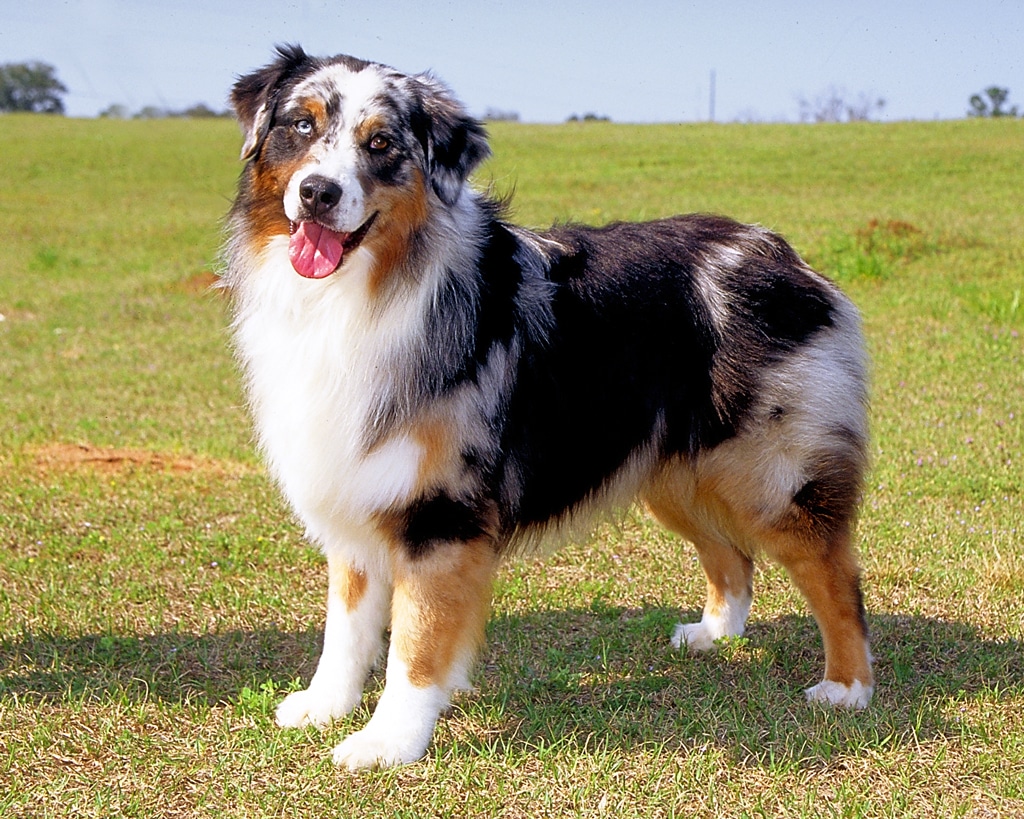
Mary Bloom/American Kennel Club
The Australian Shepherd
Animated, adaptable, and agile, the Australian Shepherd lives for his job, which still involves herding livestock and working as an all-purpose farm and ranch dog. He needs a lot of activity and a sense of purpose to be truly content. Today, due to the breed’s intelligence and versatility, “Aussies” also excel in AKC events such as agility, obedience, and herding. Their coats can be black, blue merle, red merle, and red with or without white markings. There are many theories about the origin of the Australian Shepherd. Despite its misleading name, the breed as we know it today probably developed in the Pyrenees Mountains somewhere between Spain and France. It was called the Australian Shepherd because of its association with Basque shepherds who came to America from Australia in the 1800s. The Australian Shepherd was initially called by many names, including Spanish Shepherd, Pastor Dog, Bob-Tail, New Mexican Shepherd, and California Shepherd.
An energetic breed with strong herding and guarding instincts, the Aussie requires daily vigorous exercise. Although sometimes reserved with strangers, they are “people” dogs that want to always be near their families. Their thick coats require weekly brushing.
- Herding Group; AKC recognized in 1991
- Ranging in size from 18 to 23 inches tall at the shoulder
- Sheep herder; farm dog
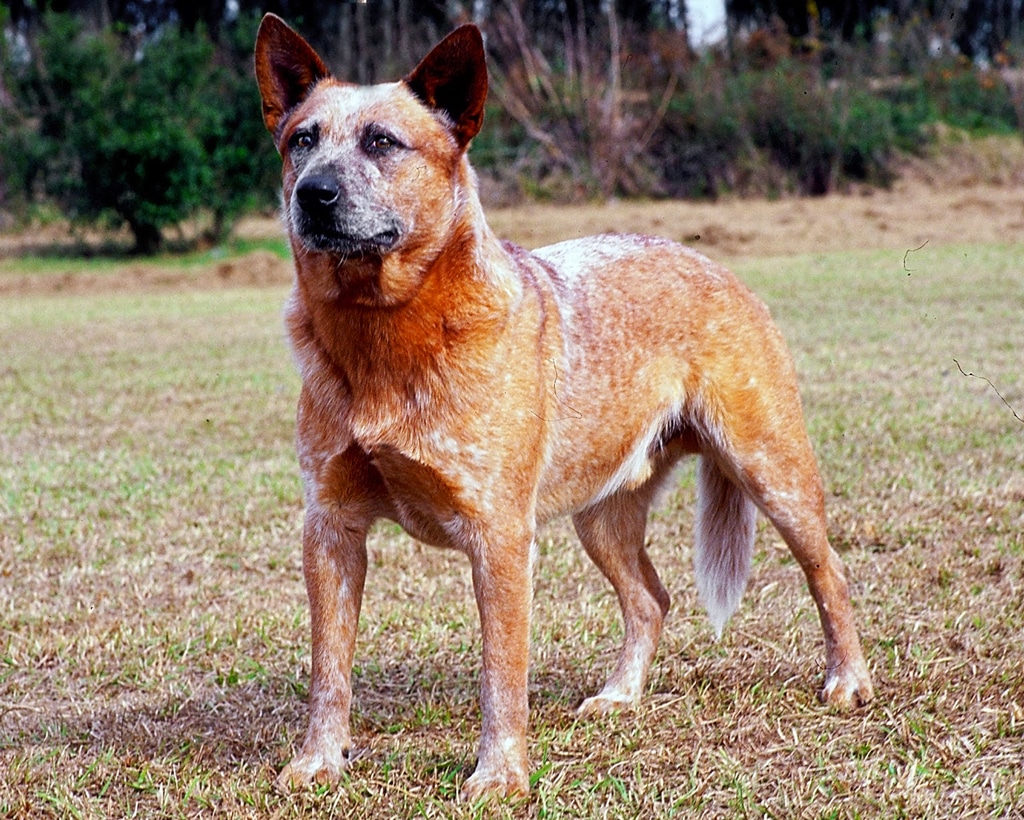
Mary Bloom/American Kennel Club
The Australian Cattle Dog
Without peer as a cattle herder, the Australian Cattle Dog (ACD) is ready and willing to work all day. Their agility, strength, and courageousness allow them to easily control and move cattle in both open and confined spaces. Stubborn cows don’t discourage this dog—ACDs just become more determined to get the job done! In the 1800s, Australians began crossing Dingo-blue merle Collies to Dalmatians and Black and Tan Kelpies. The result was a dog identical in type and build to the Dingo, only with a thicker set and peculiar markings—and also an excellent worker. Known originally as the Blue or Australian Heeler, the ACD has been a huge help to the Australian beef industry, enabling farmers to maintain huge herds.
Happiest in wide-open spaces, ACDs are very high-energy dogs and extremely intelligent, so they need a job—such as herding, obedience or agility—to keep them happy. While wary of strangers, the breed bonds closely to its family, though the owner must establish themselves as the pack leader. Their smooth, short coat requires only occasional baths and brushing.
- Herding Group; AKC recognized in 1980
- Ranging in size from 17 to 20 inches tall at the shoulder
- Cattle herder, livestock guardian
What Kind of Dog is Bluey?

via Instagram
Fans of the incredibly popular (and incredibly great) kids’ TV show Bluey have likely wondered what dog breed Bluey and her family are. Bluey and the rest of the Heeler family are Blue Heelers, also known as Australian Cattle Dogs. Read the Heeler profile above for more on the Australian Cattle Dog, a beloved Australian breed!
» Read Your Breed For all breed profiles, go to moderndogmagazine.com/breeds
Join the newsletter and never miss out on dog content again!
"*" indicates required fields
By clicking the arrow, you agree to our web Terms of Use and Privacy & Cookie Policy. Easy unsubscribe links are provided in every email.

